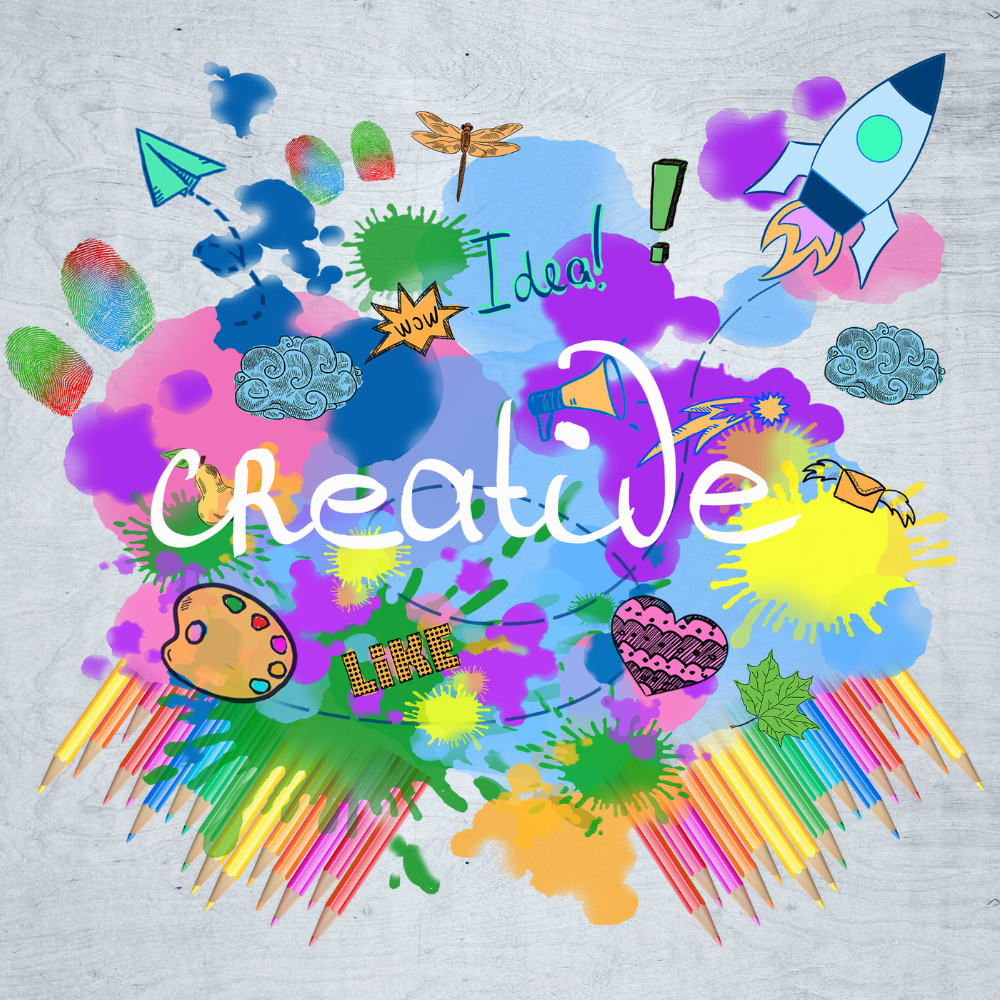Looking for a way to add deeper meaning and emotional layer to your artwork?
Are you passionate about creating stories - ones that captivate viewers, transcend time, and touch hearts?
Look no further – storytelling through art is the perfect medium for conveying your creative vision!
Storytelling is an essential element in creating compelling artwork, whether it’s through literature, visual art, or even music; understanding the basics of storytelling and how you can use it to craft more engaging artwork will take your creative skills to the next level.
We’ll explore how crafting compelling narratives in visual arts can be both challenging and rewarding.
From discovering a story within yourself to creating works of emotional resonance with others in mind, harnessing the power of storytelling will transform your artistic experience!
It's time to take your pieces from mundane to mesmerizing using the power of narrative.
So, grab your pens, brushes, and sketchbooks, and let's dive into the creative abyss!
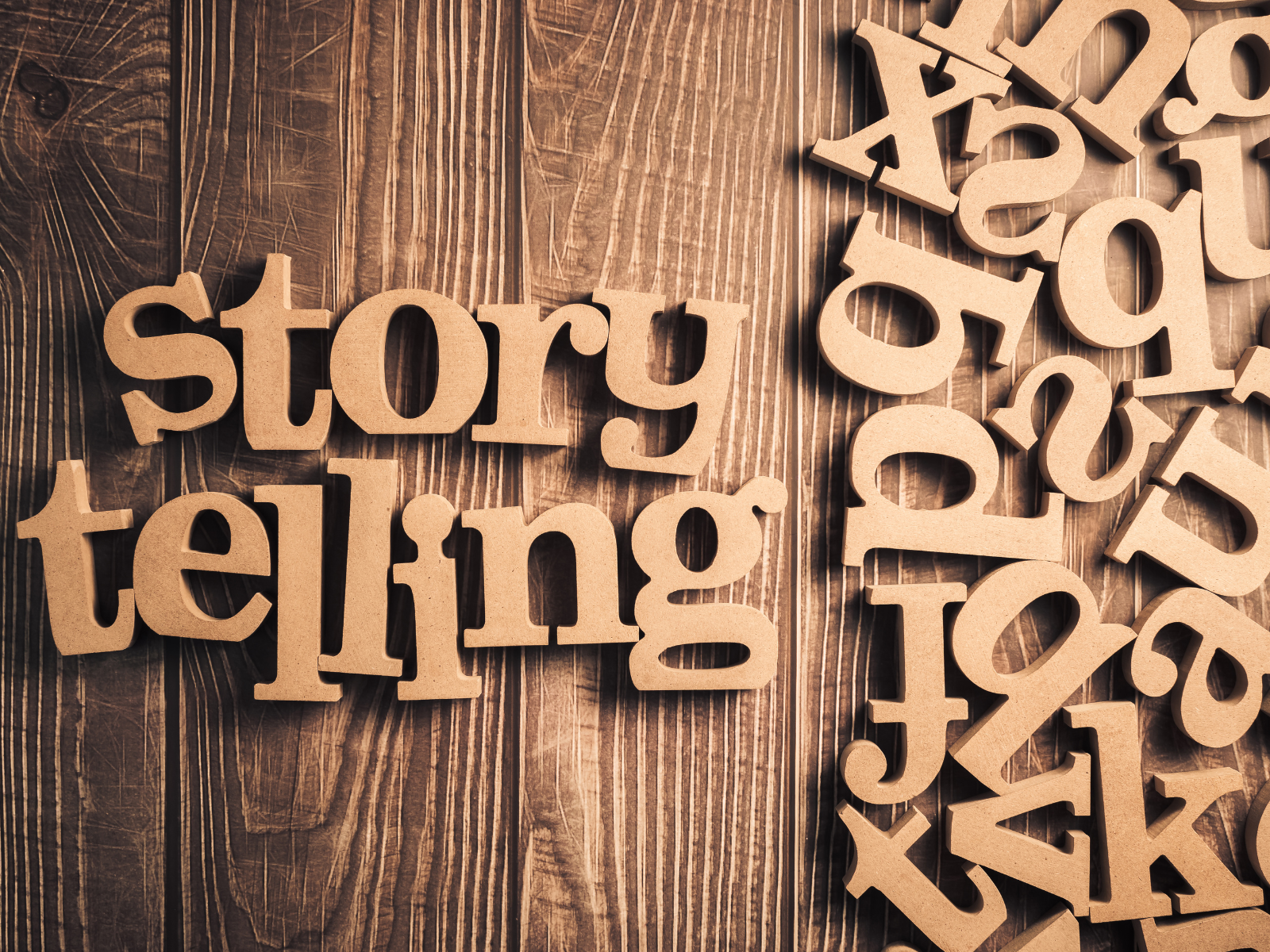
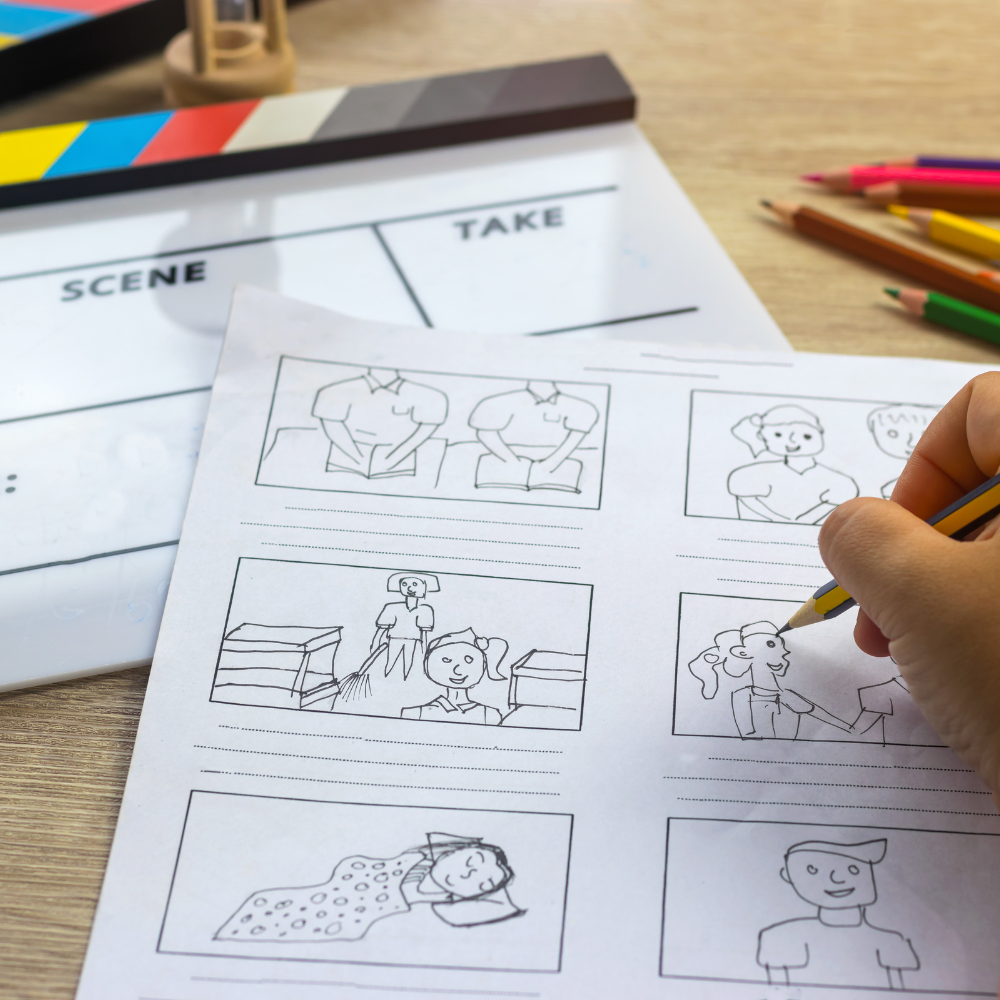
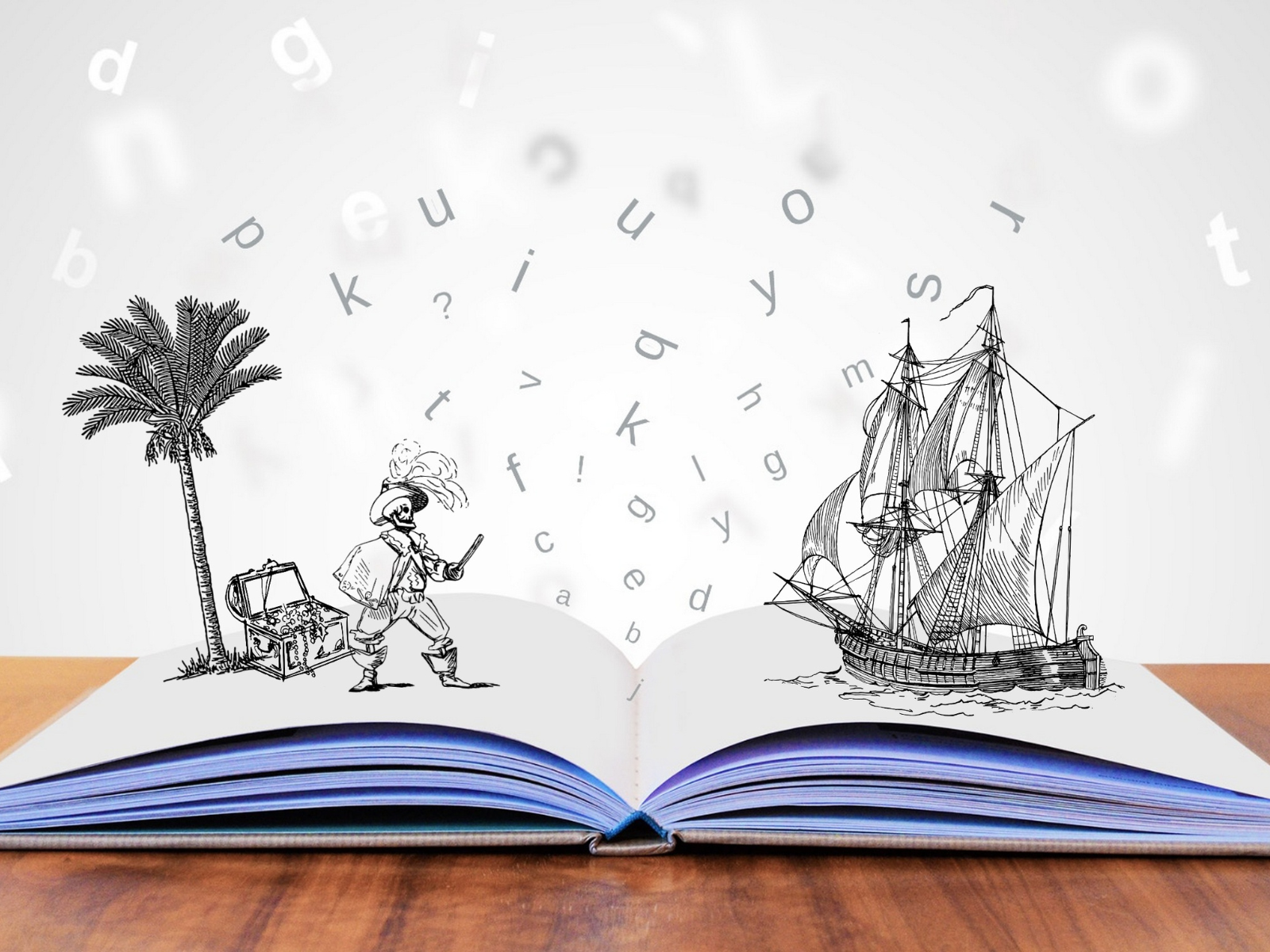
Storytelling Basics
Before you begin, you need to understand how storytelling works.
A compelling story is made up of elements like plot, characters, and setting.
The story framework is your canvas – the structure from which you will create your masterpiece.
Within this storytelling process and framework, you can draw inspiration from life experiences, literature, and even current events, to create stories that offer a unique perspective.
A story should evoke emotion – it should be able to make an impact and leave a lasting impression on the viewer; a story is never just a book or piece of artwork.
Whether taking part in creative writing, sketching, painting, or other arts and crafts, these elements help bring the story to life and make it easier for viewers to relate or be drawn into it.
Characters, for instance, help viewers identify and empathize with the story's protagonists.
Plot is what helps move the story forward and keep viewers engaged.
Setting can be used to create a visual or emotional backdrop for the story’s events, making it easier for viewers to immerse themselves in it.
Using these elements, you'll be able to craft compelling stories that are both captivating and meaningful.
When it comes to telling stories in art, there is no one right way to do it.
Your story may be as simple or as complex as you want; the important part is that it serves your vision.
Your story should be authentic and speak to a greater truth, creating an emotional connection between you and the viewer.
An engaging story will make viewers feel something deep, whether it's awe, joy, or even sadness.
Written stories or interesting stories in arts and crafts projects can help draw viewers further into the artwork, making it easier for them to relate and understand what you're trying to communicate.
The more you understand about storytelling skills, the better able you'll be to craft a captivating piece that resonates with your target audience.
Once you understand the basics, you can start creating stories that convey your message and connect with viewers on a deeper level.

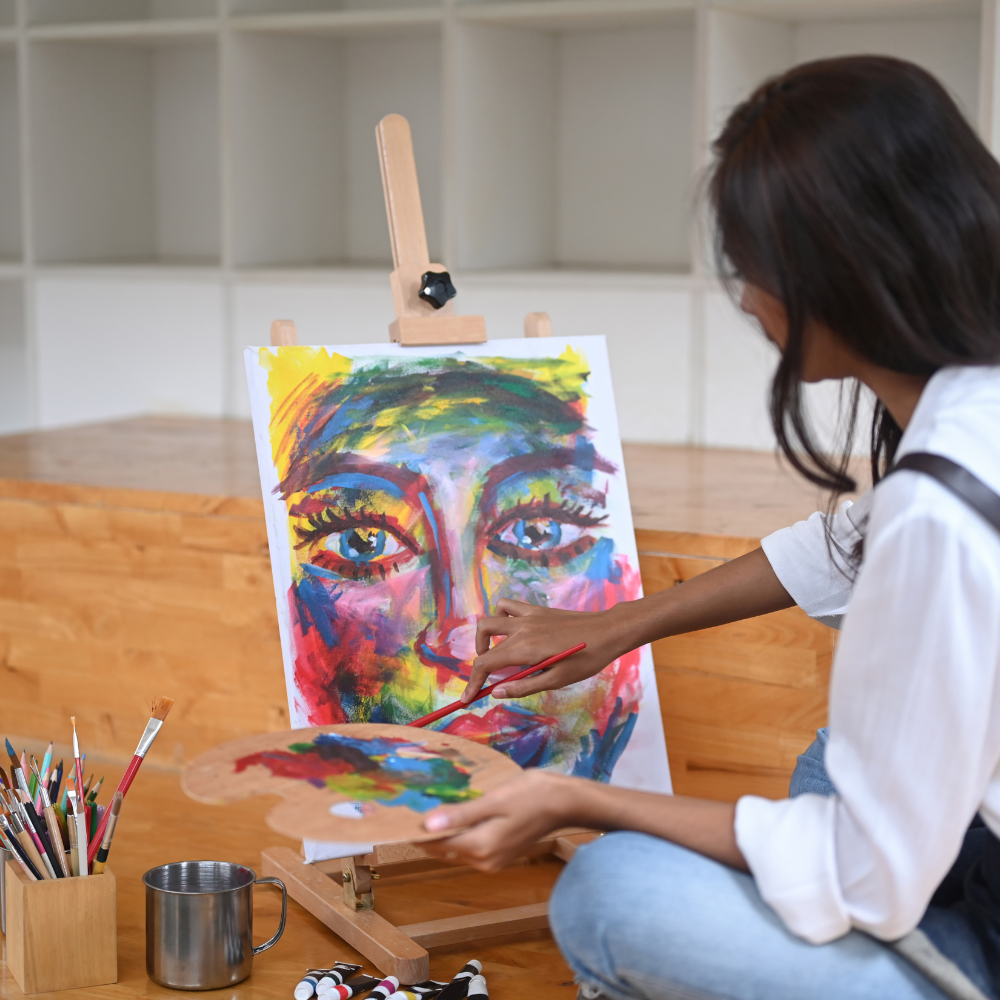

Know Your Story
The first step in crafting a narrative is understanding the story you want to tell.
Think about what emotions and experiences you want to convey through your art.
Different themes create different reactions and moods, so knowing what you want to evoke is key.
Once you've identified your themes, start brainstorming ways to depict them visually and start thinking about how to bring it to life.
This could be through the use of color, composition, or subject matter.
Draw inspiration from your own personal experiences, real life, as well as the stories of others.
Make sure to use elements like characters and setting that will help bring the story to life and make it easier for viewers to connect with it.
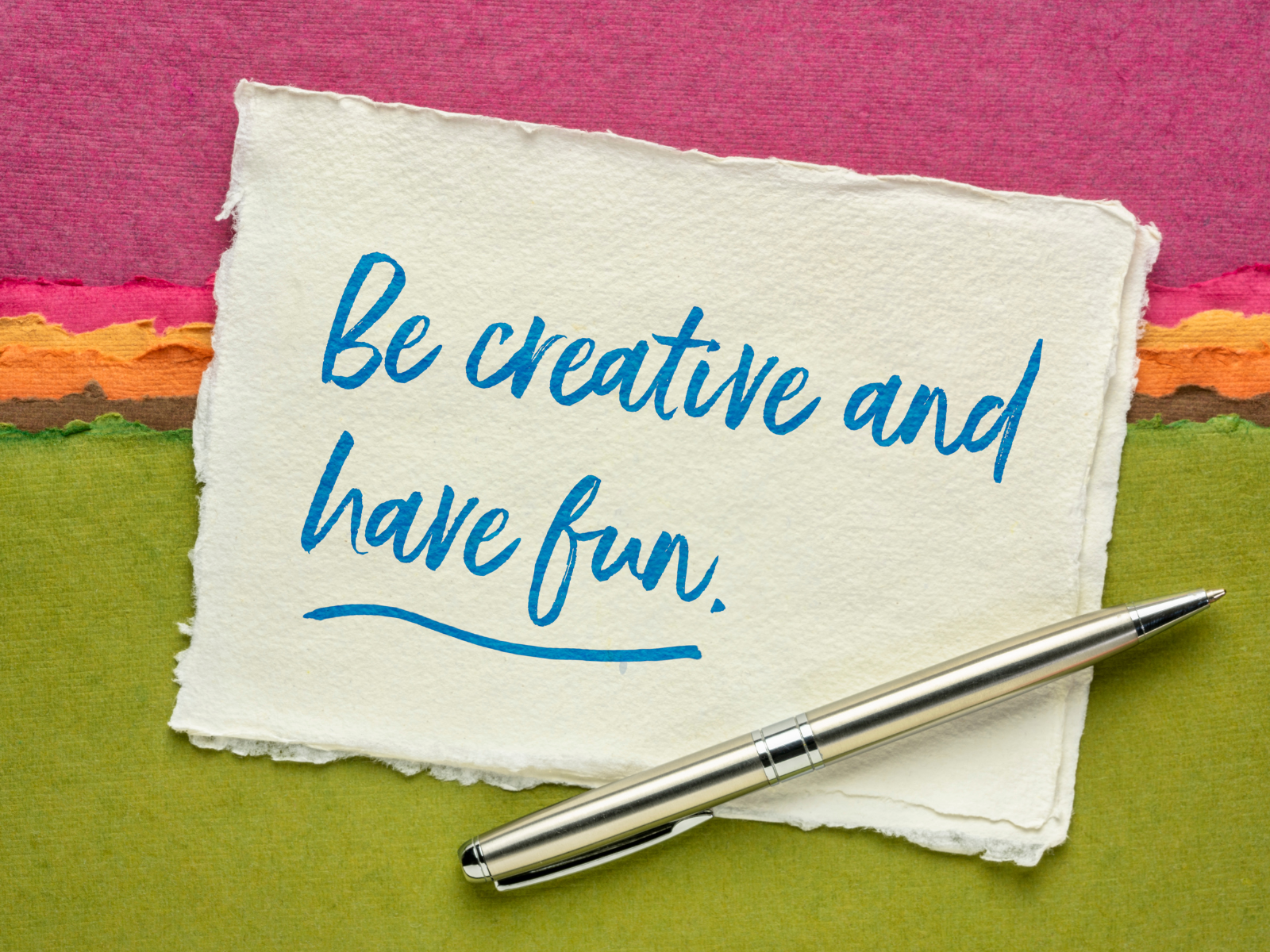


Create Characters
Creating characters is a crucial step in telling your story – without them, you won't be able to convey emotions or evoke empathy.
Think of the characters as extensions of yourself – they should embody your themes and express them in a way that viewers can relate to.
Make sure to give them a purpose and backstory, which will help viewers connect with the story on a personal level.
When creating characters, consider how they interact with one another and the environment.
Are they in conflict? Do they have an internal struggle?
These dynamics will help add intrigue and tension to your story.
Characters are essential to any good story, so spend some time developing your subjects.
This can be done through character sketches or simply observing the people around you and incorporating their traits into your work.
Characters don't have to be people, however, they can be objects, landscapes, or even a feeling.
Make them relatable and give them depth to connect with your audience.

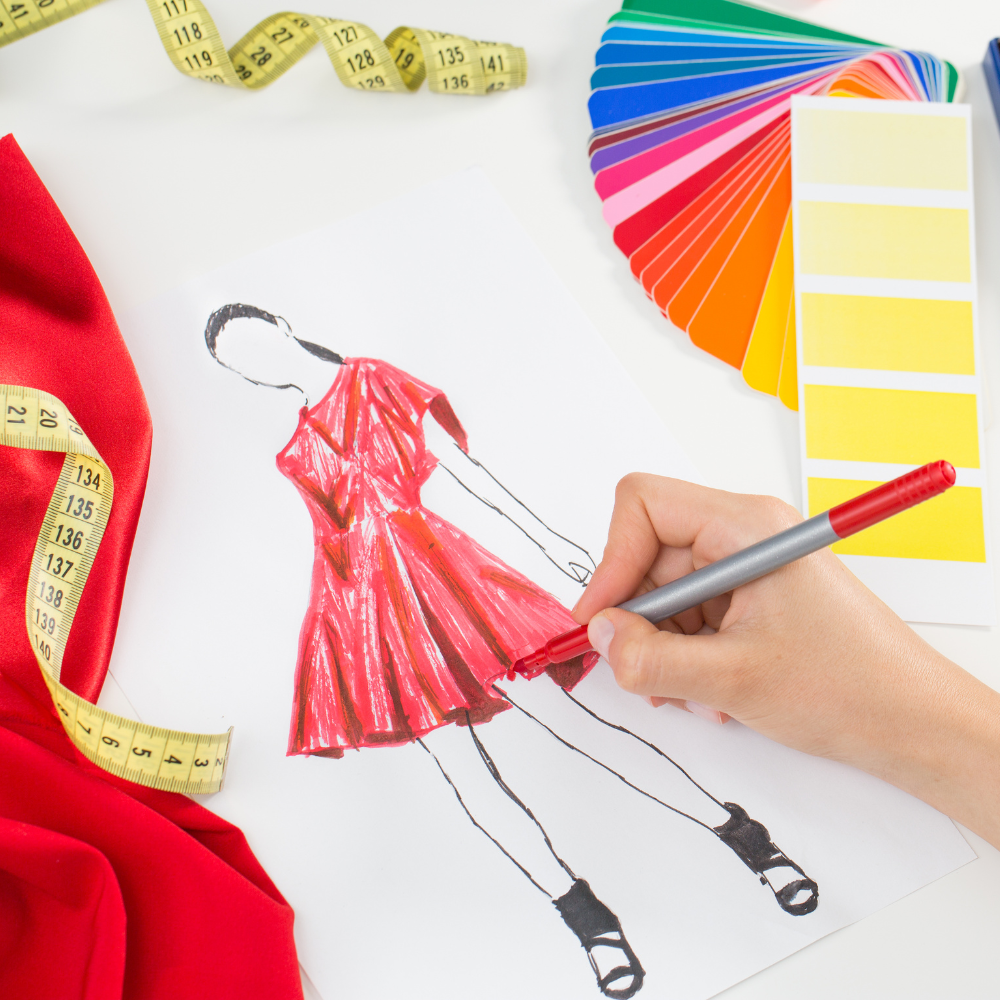
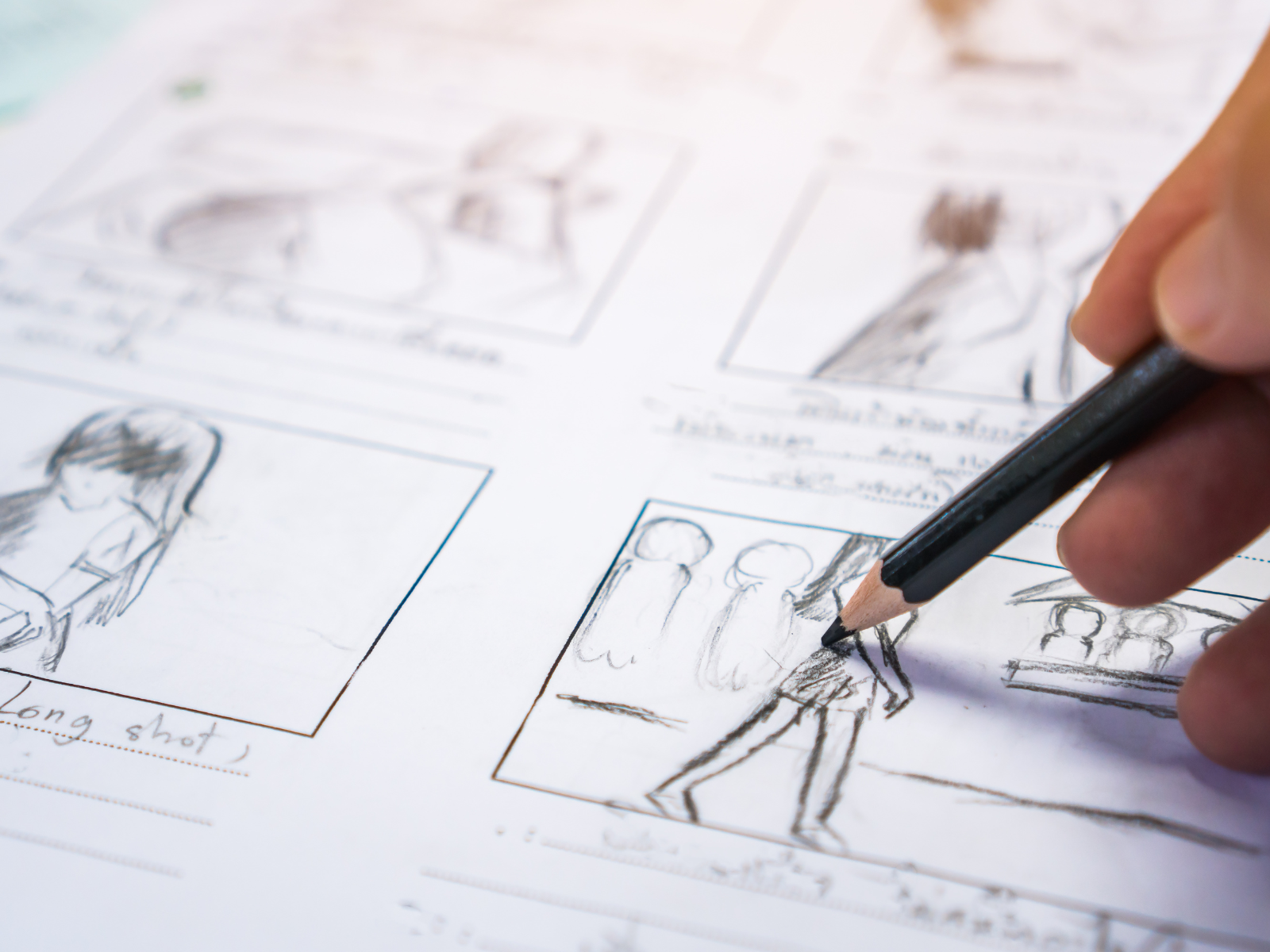
Consider Symbolism
Symbolism can add an extra layer of depth and meaning to your artwork.
It’s a way to add subtext without explicitly stating it.
Symbols can also be used to make connections between seemingly unrelated elements, helping to create a cohesive story.
Consider using objects or motifs that have significant meaning in relation to your narrative.
These can be subtle, such as using color symbolism, or more overt, like using a specific object to represent a character's journey.
Symbolism can help your viewers understand the story in a deeper way and make it more meaningful.
When incorporating symbols into your work, think about what themes and ideas you want to convey.
Look for images that represent these ideas and incorporate them into your piece.
This will help give it an added layer of depth and make it more engaging for viewers.

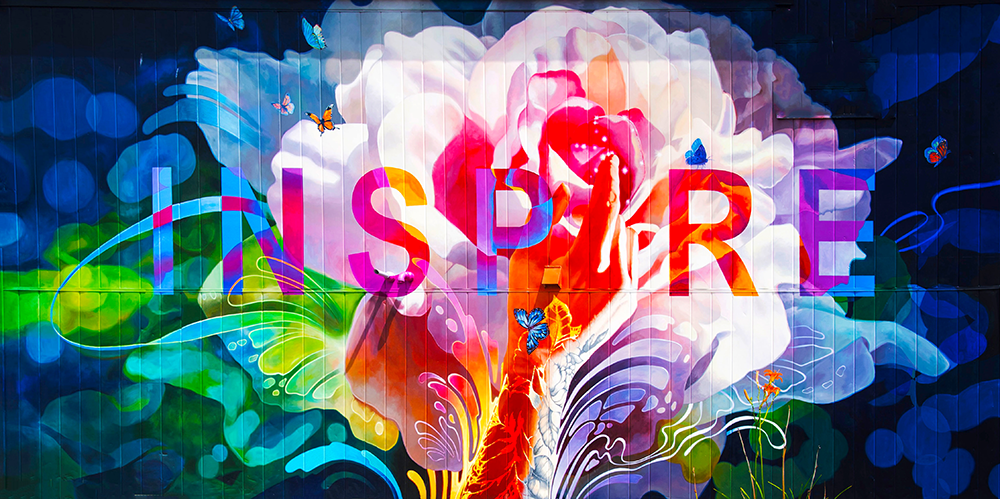

Use Composition to Your Advantage
Composition is a powerful tool that can make or break a piece.
Think about how to frame your characters and set the scene in a way that conveys emotion and helps tell the story.
Carefully consider where you place elements in your artwork to create a dynamic visual flow.
Be mindful when using techniques like leading lines, negative space, and balance to guide your viewer's eye through your narrative.
The composition should be cohesive and feel natural, drawing viewers in and keeping them engaged.
By using composition to your advantage, you can create powerful visuals that will help bring the story to life.


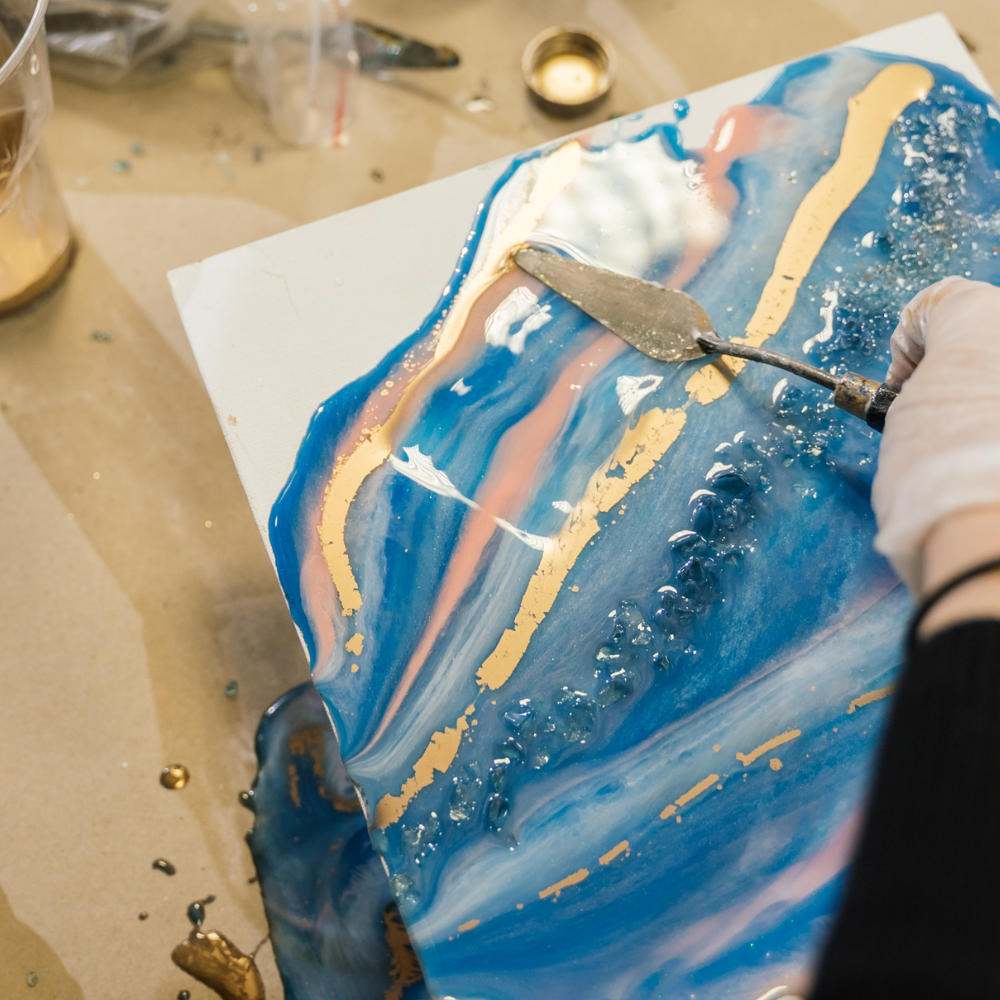
Let Your Art Speak for Itself
Once you've created your narrative, it's time to let it shine.
Don't feel the need to explain your work to your audience or use heavy-handed dialogue to convey your message.
Instead, trust that your audience will pick up on the subtle cues and symbolism you've planted throughout your piece.
Let your art speak for itself and let the story unfold.
Great stories are ones that stay with us long after we've experienced them.
By mastering the art of storytelling through your artwork, you can create pieces that will captivate and move your viewers.
The art of engaging storytelling through visual arts is about creating something that speaks to viewers on a deeper level.
But more importantly, it’s about giving yourself permission to explore themes and ideas that are meaningful to you.
By understanding the basics of storytelling and using your creativity to craft compelling visual narratives, you'll be able to take your art to the next level.
Stories inspire us, move us, and bring us together – so let's use the creative power of storytelling to express our ideas and emotions in new and exciting ways!
Sharing stories through art is one of the most powerful ways to connect with viewers, so don't be afraid to take risks and tell the stories only you can tell.
The world is waiting to be enthralled by your work – so let's get creating and bring our stories to life.


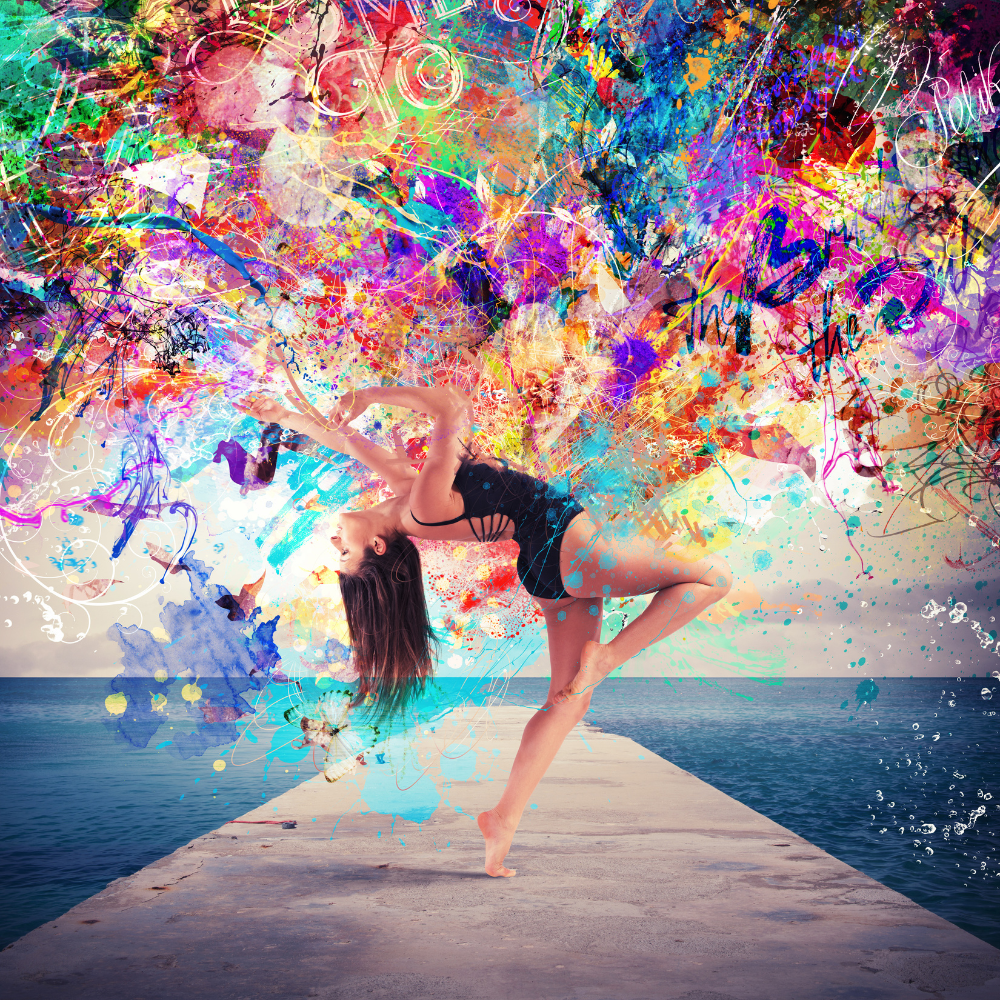
Creating Compelling Art Through Storytelling
And there you have it, folks!
Crafting a compelling narrative through your art is no easy feat, but with these tips, you'll be well on your way to becoming a master storyteller.
Remember to keep your story in mind, build relatable characters, use symbolism, consider your composition, and let your art speak for itself.
By understanding the basics of storytelling and using your creativity to create compelling visual narratives, you'll be able to take your art to the next level.
Let your imagination run wild and set out on a journey to create works of art that inspire, educate, and move viewers.
The sky's the limit, and with a little practice and a lot of heart, you'll soon be creating works that not only look beautiful but also connect with people on a deeper level.
Happy creating!



Looking to further improve your art's storytelling? Check out Sam Does Arts' video!
Want even more content about creativity and art?
Be sure to check out all of our creative chronicles!
Interested in diving into your creative pursuits?
Check out some of our other articles:
-Creativity is intelligence having fun

